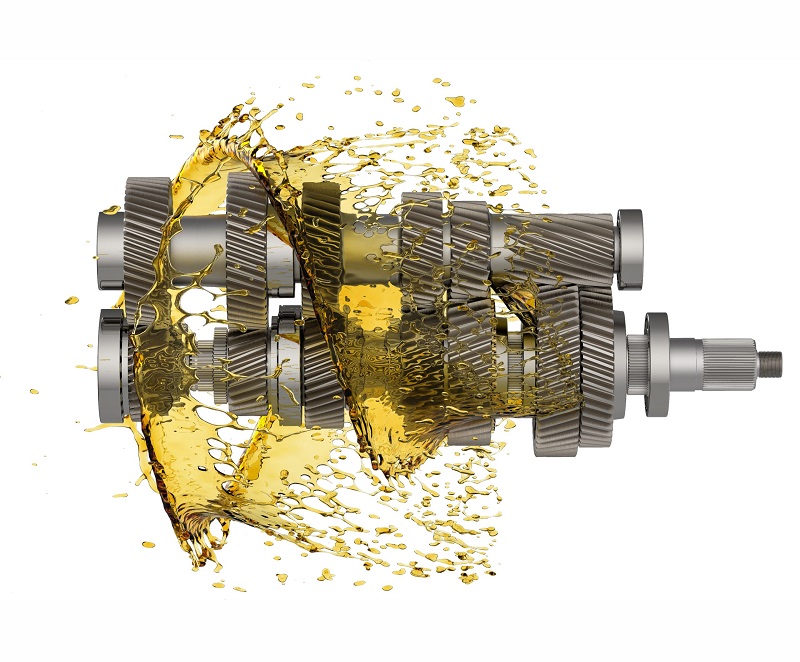
Gearbox oil, also known as gear oil or transmission fluid, is a lubricant specifically designed for use in gearboxes, differentials, and other mechanical parts of a vehicle or machinery. Its primary function is to ensure smooth operation by reducing friction between the moving parts, preventing wear, and protecting against corrosion. This article explores the importance of gearbox oil, the different types available, and their applications.
Gearboxes are essential components in machinery and vehicles, responsible for transmitting power from the engine to the wheels or other parts of the system. Given the high friction, heat, and pressure within the gearbox, it is vital to use the right type of lubricant to ensure optimal performance and longevity.
The functions of gearbox oil include:
There are several types of gearbox oils, each formulated to suit specific applications and conditions. The most common types include:
Properties:
Mineral gear oil is derived from refined crude oil and is the most widely used type of gearbox oil. It contains additives that improve its performance, such as anti-wear agents, rust inhibitors, and antioxidants. Mineral oils are generally suitable for less demanding applications.
Applications:
Mineral gear oils are commonly used in manual transmissions, differentials, and various industrial gear systems. They are ideal for vehicles and machinery with moderate performance requirements, where extreme temperature conditions or heavy loads are not typically encountered.
Properties:
Synthetic gear oils are chemically engineered for enhanced performance. They provide better stability at extreme temperatures, resist oxidation better than mineral oils, and offer superior protection against wear and tear. Synthetic oils also tend to have a lower pour point, making them more effective in cold weather.
Usage:
Synthetic gear oils are commonly used in high-performance vehicles, heavy-duty machinery, and racing cars, where the gearbox operates under high temperatures, pressures, and extreme conditions. They are also preferred for systems that require long intervals between oil changes.
Properties:
Semi-synthetic gear oils are a mixture of mineral and synthetic oils. They offer a balance between the performance of synthetic oils and the cost-effectiveness of mineral oils. Semi-synthetic oils are designed to provide improved performance compared to pure mineral oils, but at a lower cost than full synthetics.
Applications:
Semi-synthetic oils are often used in vehicles with moderate performance demands and in industrial applications where a balance of cost and performance is required. They are suitable for regular cars, trucks, and machinery operating in moderate temperature ranges.
Properties:
EP gear oils contain special additives designed to provide extra protection under extreme pressure conditions. These additives prevent wear and tear on gears by forming a protective layer on the gear surfaces. EP oils are formulated for systems that experience heavy loads and high pressures.
Applications:
EP gear oils are used in heavy-duty trucks, industrial gearboxes, and machinery subjected to high pressure, such as construction equipment, mining machinery, and agricultural machines.
Properties:
Multi-viscosity gear oils have a variable viscosity, meaning they perform well across a wide range of temperatures. These oils are designed to provide optimal lubrication at both high and low temperatures, improving gearbox efficiency in various operating conditions.
Applications:
Multi-viscosity gear oils are commonly used in modern vehicles and machinery that operate in varying environmental conditions, where the oil needs to function effectively in both cold and hot weather.
Choosing the correct gearbox oil is essential for ensuring the efficiency and longevity of the gearbox. Here are some factors to consider when selecting the right oil:
Gearbox oil is essential for the smooth operation and longevity of gearboxes in vehicles and machinery. Understanding the different types of gearbox oils, their properties, and their applications is crucial for selecting the right oil for your needs. Proper lubrication not only ensures better performance but also protects the gearbox from wear, corrosion, and overheating, ultimately extending the life of the equipment.